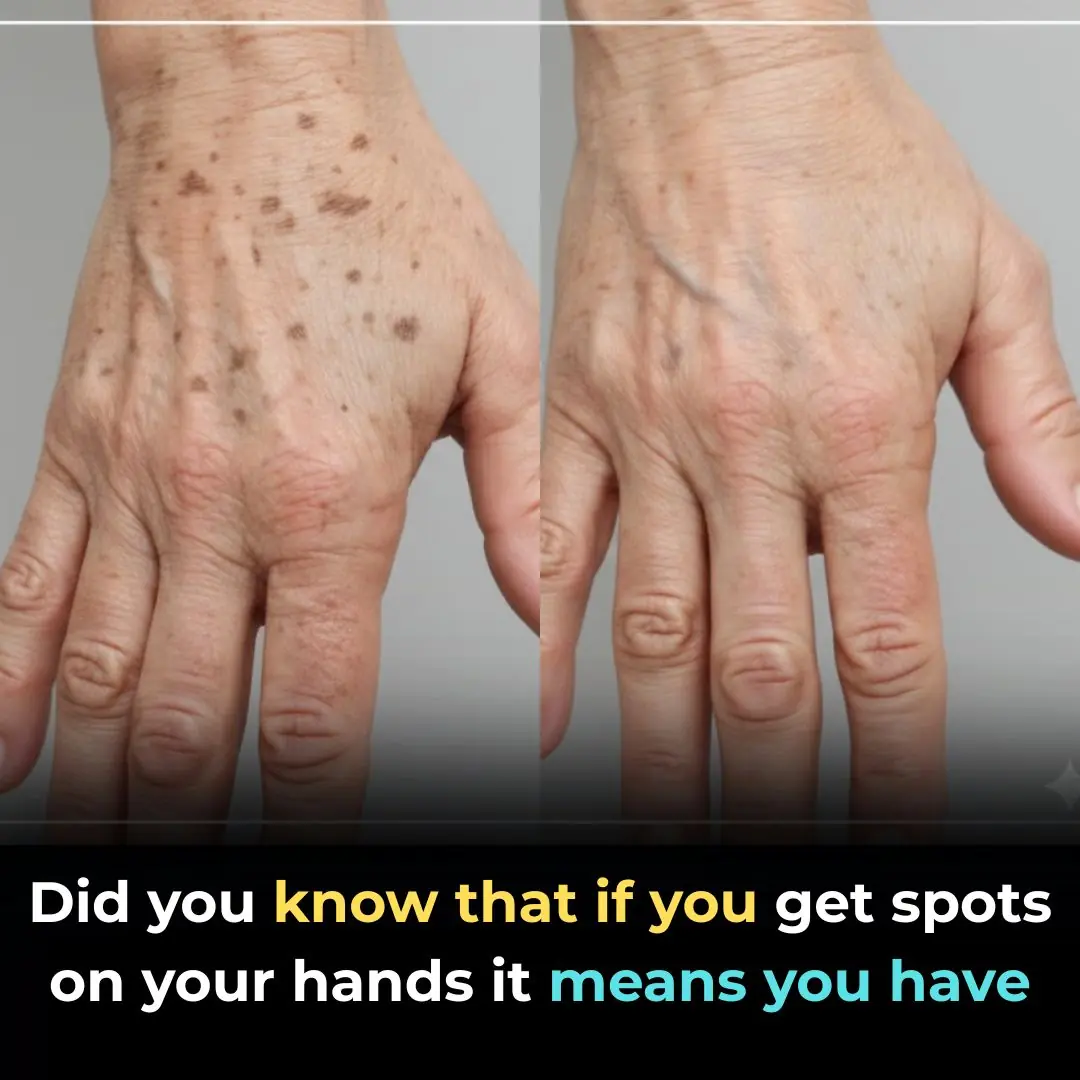
10 Warning Signs You’re Gluten Intolerant

As more people develop sensitivities to gluten, going gluten-free has shifted from a dietary fad to a genuine health necessity for many. But with all the buzz surrounding gluten, one important question remains: how can you really tell if you’re gluten intolerant?
For some individuals, eating gluten — a protein found primarily in wheat, barley, and rye — causes no issues at all. However, for others, it can trigger a variety of unpleasant and even debilitating symptoms that can make everyday life challenging.
If you’ve noticed four or more of the following ten symptoms after consuming foods that contain gluten, it may be worth reconsidering what’s on your plate.
1. Digestive Problems
Among the most common signs of gluten intolerance are digestive troubles such as bloating, gas, constipation, diarrhea, or stomach cramps shortly after eating. Constipation tends to be more common in children, while adults may experience alternating constipation and diarrhea.
Interestingly, many people diagnosed with Irritable Bowel Syndrome (IBS) find that their symptoms drastically improve — or even disappear — once they remove gluten-containing foods from their diet.
2. Mood and Mental Health Issues
Gluten intolerance doesn’t just affect the body; it can impact the mind as well. Conditions such as depression, anxiety, ADHD, and mood swings are often linked to gluten sensitivity. The inflammation and nutrient malabsorption caused by gluten can influence brain chemistry, leading to noticeable changes in mood and focus. Cutting out gluten can often help stabilize emotions and improve mental clarity.
3. Joint Pain and Inflammation
If you frequently experience joint stiffness, pain, or swelling, especially in your fingers, knees, or hips, gluten could be a contributing factor. Gluten-related inflammation can cause the immune system to attack healthy tissues, mimicking symptoms of arthritis. Many people report reduced pain and improved mobility once they eliminate gluten from their diet.
4. Keratosis Pilaris (Rough, Bumpy Skin)
This skin condition, sometimes called “chicken skin,” appears as small, rough bumps on the arms, cheeks, or thighs. It’s usually linked to poor absorption of fatty acids and vitamin A — a side effect of intestinal damage caused by long-term gluten exposure. Healing the gut by removing gluten can often improve the skin’s texture and appearance.
5. Unexplained Fatigue
If you often feel tired, sluggish, or mentally foggy after eating, gluten might be to blame. People who are sensitive to gluten commonly report that their energy levels plummet after meals containing bread, pasta, or baked goods.
After switching to a gluten-free diet, many notice a dramatic boost in energy and overall alertness within just a few weeks.
6. Chronic Fatigue or Fibromyalgia
If you’ve been diagnosed with chronic fatigue syndrome or fibromyalgia, gluten intolerance may be an underlying cause. These conditions are often diagnosed when doctors can’t pinpoint the reason behind persistent pain and exhaustion. Removing gluten can sometimes uncover the root of the issue and significantly reduce symptoms.
7. Frequent Migraines
A study conducted in 2001 revealed that gluten consumption can trigger migraines and severe headaches in people who are sensitive to it. Brain scans of these individuals often show signs of inflammation in the nervous system, suggesting that gluten can provoke neurological reactions. If you regularly suffer from migraines, it may be worth testing whether a gluten-free diet helps reduce their frequency.
8. Autoimmune Conditions
Prolonged exposure to gluten can overstimulate the immune system, potentially leading to autoimmune disorders. These include Hashimoto’s thyroiditis, rheumatoid arthritis, lupus, multiple sclerosis, psoriasis, ulcerative colitis, and scleroderma. Gluten-related inflammation can cause the immune system to mistake healthy cells for threats, attacking the body’s own tissues in the process.
9. Hormonal Imbalances
Hormonal conditions such as infertility, PCOS (Polycystic Ovary Syndrome), and irregular menstrual cycles may also be related to gluten intolerance. When inflammation from gluten puts stress on the adrenal glands, it disrupts the entire endocrine system. Over time, this hormonal chaos can contribute to fatigue, mood swings, and reproductive challenges.
10. Neurological Symptoms
Gluten intolerance can also manifest through neurological signs such as dizziness, vertigo, balance issues, tingling sensations, or numbness in the hands and feet. These symptoms stem from inflammation in the nervous system, which occurs when the immune system reacts to gluten as if it were a harmful invader.
Should You Try Going Gluten-Free?
If you’ve experienced several of these symptoms, it might be time to try an elimination diet — removing gluten for a few weeks and carefully noting how your body responds. Remember that gluten hides in many everyday products, from sauces and soups to cosmetics and medications, so reading labels is essential.
Living gluten-free may seem daunting at first, but with today’s wide variety of gluten-free grains and alternatives, it’s easier than ever to enjoy your favorite foods without discomfort.
Have you noticed any of these signs in yourself? Have you tried cutting out gluten to see how your body reacts? Share your thoughts and experiences — your story could help someone else recognize the signs they’ve been missing.
News in the same category


Tips for cleaning an air fryer without scrubbing and still clean as new

The water pipe is clogged, just blame this and it will be solved easily, no need to waste money calling a plumber.

How to clean the bathroom easily and effortlessly: It will stay clean and fragrant all week long

Simple tips for making crispy roast pork skin without much effort: Golden brown, crispy skin like in restaurants

Dirty sofa, do not use wet towel to wipe: Use this to clean it, it will not be damaged

Drop this into the basin, clams and snails will release all the mud and dirt, making them 5 times more fattening.

Tips to avoid blackening pots when using gas stoves: Very simple, everyone should know

Learn from the Japanese by soaking bananas in this water: Get a longevity food, not everyone knows

See why and how to choose melon effectively...

You are doing it all wrong. Here's the right way to clean stainless steel

Should You Throw Toilet Paper in the Toilet or in the Trash?

You are doing it all wrong. Here's the right way to clean your windows

Add This to Your Mopping Water – Your Floors Will Shine Like New and Stay Dust-Free for a Whole Week

Hidden Smartphone Tricks You Didn’t Know About

Were you aware of this? Wow, I discovered something new!

The Uses Of This Small Hole On a Padlock

You are doing it all wrong. Here's the right way to clean your washing machine

You are doing it all wrong. Here's the right way to store spices

You are doing it all wrong. Here's the right way to use your dryer
News Post

Shrimp injected with impurities is easy to distinguish: Smart people will see this point

Tips for cleaning an air fryer without scrubbing and still clean as new

25 Incredible Health Benefits of Goosegrass

The water pipe is clogged, just blame this and it will be solved easily, no need to waste money calling a plumber.

How to clean the bathroom easily and effortlessly: It will stay clean and fragrant all week long

Simple tips for making crispy roast pork skin without much effort: Golden brown, crispy skin like in restaurants

How bathing too often can affect your health

Dirty sofa, do not use wet towel to wipe: Use this to clean it, it will not be damaged

Drop this into the basin, clams and snails will release all the mud and dirt, making them 5 times more fattening.

Tips to avoid blackening pots when using gas stoves: Very simple, everyone should know

Learn from the Japanese by soaking bananas in this water: Get a longevity food, not everyone knows

Did you know that if you get spots on your hands it means you have

See why and how to choose melon effectively...

You are doing it all wrong. Here's the right way to clean stainless steel

Should You Throw Toilet Paper in the Toilet or in the Trash?

You are doing it all wrong. Here's the right way to clean your windows

Discover Love in the Little Things: Everyday Connections

Add This to Your Mopping Water – Your Floors Will Shine Like New and Stay Dust-Free for a Whole Week

Hidden Smartphone Tricks You Didn’t Know About
